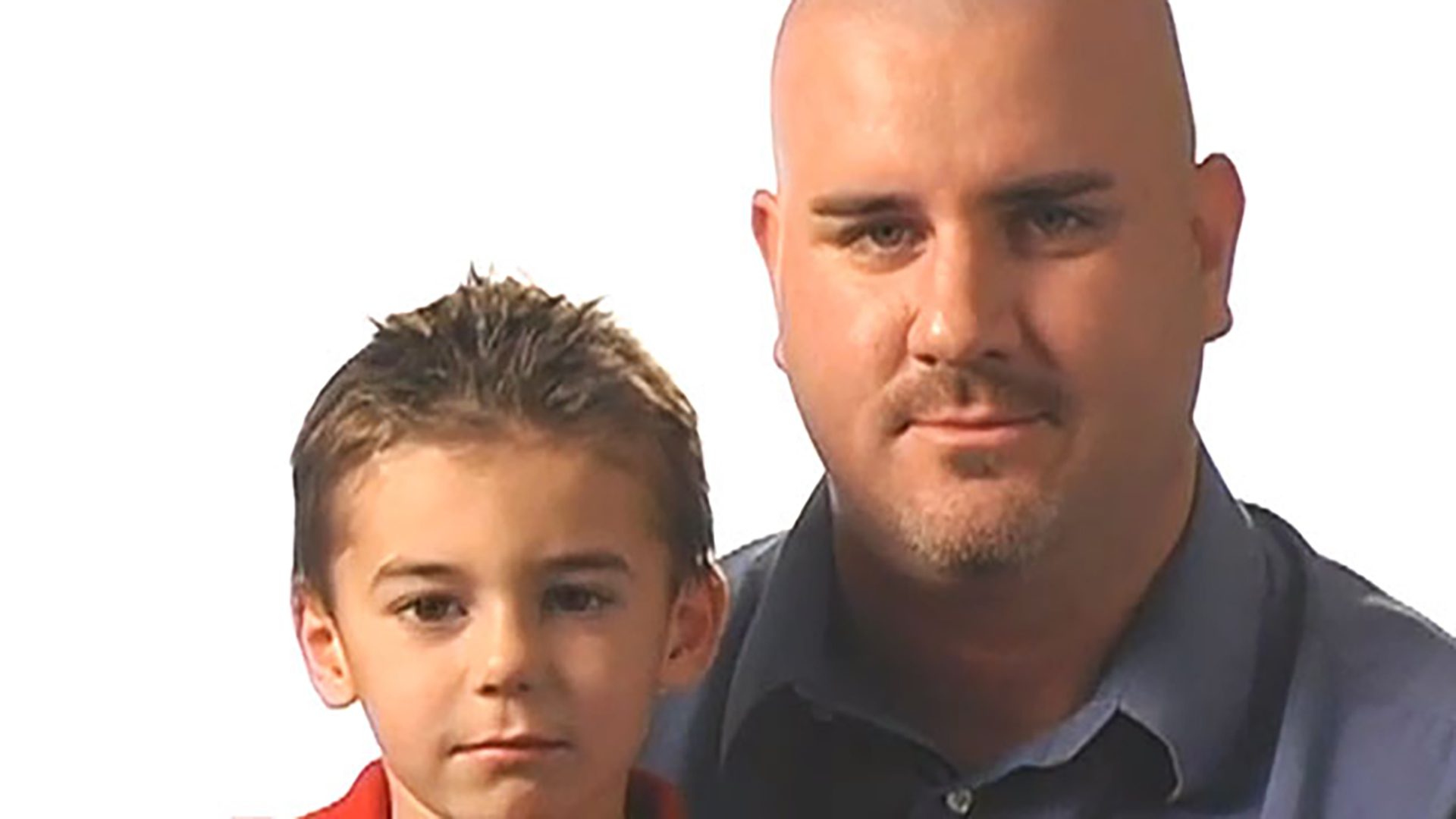Recommended Practices to Address Cancer and Fertility
The recommendations identified here were developed based on an internal analysis of the Livestrong Fertility Centers of Excellence program, a review of the scientific literature on cancer and fertility and the expert opinions of the Livestrong Fertility Advisory Committee. These recommended practices are the foundation of a systematic approach to cancer and fertility. They reflect our best current knowledge about what is needed for the successful development and implementation of a systematic approach to meeting cancer patients’ needs for reproductive information and services. As cancer and fertility programs proliferate and mature across diverse clinical settings, we expect additional data may refine these recommendations and reveal validated best practices.

Background
Annually, approximately 150,000 men and women age 45 and younger are diagnosed with cancer. Fortunately, the five-year overall survival rate for these patients is approximately 80 percent. An estimated 30–75 percent of males and 40–80 percent of females in this population are at risk for iatrogenic infertility from the cancer treatments that they undergo including chemotherapy, radiation and surgery. Several standard and experimental fertility preservation techniques are now available to mitigate this risk. While numerous reports over the past decade have identified future fertility and parenthood as significant concerns for this group, studies continue to show that the risk of infertility and the options for preserving fertility are not discussed with a majority of patients on a routine basis.
Position
The Livestrong Foundation believes that all cancer patients at risk for iatrogenic infertility have a right to be informed of their reproductive risks and of their options for moderating these risks.
To achieve this, all organizations that provide cancer care should implement a systematic approach to the disclosure of treatment-related fertility risks and the provision of referrals for patients interested in fertility preservation services.
Rationale
This position is consistent with well-established tenets of medical ethics, which emphasize the primacy of patient autonomy; with legal precepts of informed consent, which can only be achieved if patients have complete information concerning the material benefits and risks of their treatment; with oncology practice guidelines and with Livestrong’s mission to inspire and empower people affected by cancer now.
Recommendations
In order to build a systematic approach to cancer and fertility, a cancer center should incorporate the following components:
- Institutional Commitment
This may be achieved in a variety of ways, including through the implementation of a formal policy, guideline or standard operating procedures. To develop and sustain a deliberate practice of fertility disclosure, buy-in at the institutional level is critical. Institutional commitment should be formalized, documented, disseminated and referenced as a framework for clinical practice. - Institutional Ownership
Highly-motivated individuals (or teams of individuals) with a professional interest in cancer and fertility appear to be crucial to the development of systematic fertility approaches. These internal champions are often affiliated with complementary programs such as Adolescent and Young Adult (AYA) Oncology or Survivorship, and may already have some expertise with fertility. Once a systematic approach to cancer and fertility is developed, it must be assigned to a staff member (or a team) who is compensated for and whose job description includes its maintenance, oversight and evaluation.
Provision of Support Resources
- Professional Education
Training should be conducted to expand providers’ knowledge of the medical and psychosocial aspects of cancer-related infertility, and on the current options available for fertility preservation. For example, periodic tumor boards, in-services, grand rounds, or online continuing medical education courses should be conducted. In addition, basic, searchable fertility information must be made easily available to clinicians; point-of-care access is particularly useful. - Information for Patients
Brochures or printed fact sheets should be made available in patient waiting rooms and/or new patient packets. Alternatively, they can be provided directly to the patient by the clinician. In addition, patients can be directed to internal or trustworthy external websites for supplemental information and resources such as financial assistance programs, counseling services, etc. - Referral Procedures
Procedures for expedited fertility consultations and access to fertility services should be instituted. Forging relationships with institutionally-affiliated or other local sperm banks, fertility clinics and specialists is critical to a functioning cancer and fertility system. Identification of additional specialists who can provide investigational options is also suggested.
Patient Notification Process
The most vital aspect of a systematic approach to cancer and fertility is establishing a well-defined process for notifying at-risk patients. The patient notification process must include three elements:
- Disclosure of the risk for infertility that the patient is facing due to his/her treatment plan.
- Discussion of the options that are available to minimize the patient’s risk and to preserve fertility.
- Offer of referral to a specialist for further fertility information and/or services.
The patient notification process must also be executed in a timely fashion, allowing the patient the widest range of options. It should contain appropriate content that is conveyed to the patient in terms that are easily understood, customized for the expected treatment and individual patient and sensitive to the intimate, personal nature of the information. The occurrence of the patient notification must be documented.
Evaluation of Systemic Approach
Evaluation metrics should be used to assess the effectiveness of each of the recommendations and of the systematic approach as a whole.

